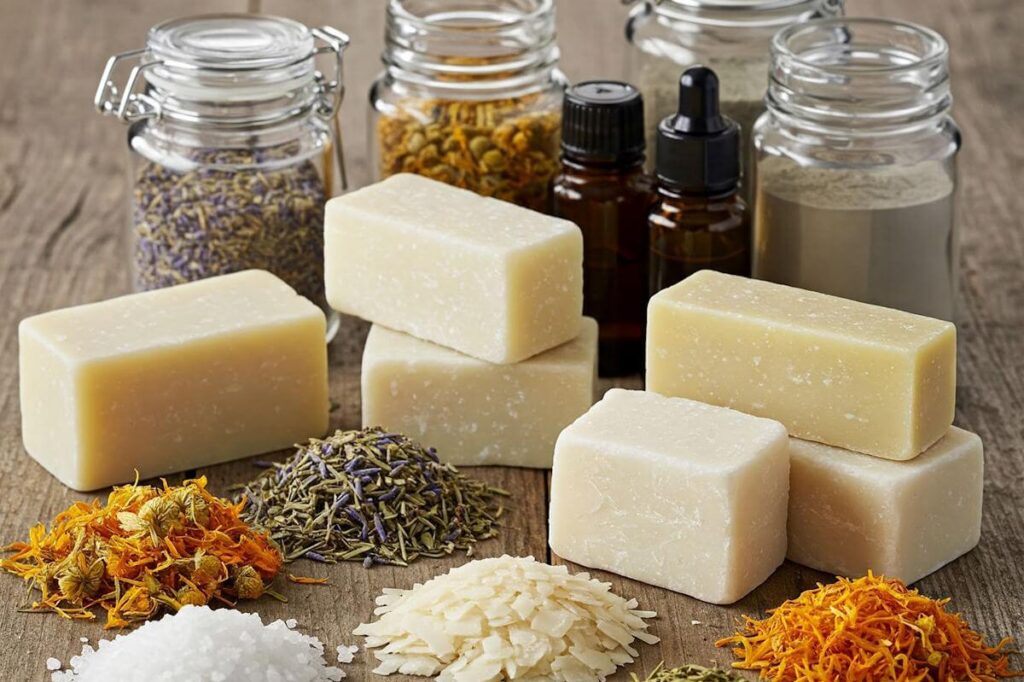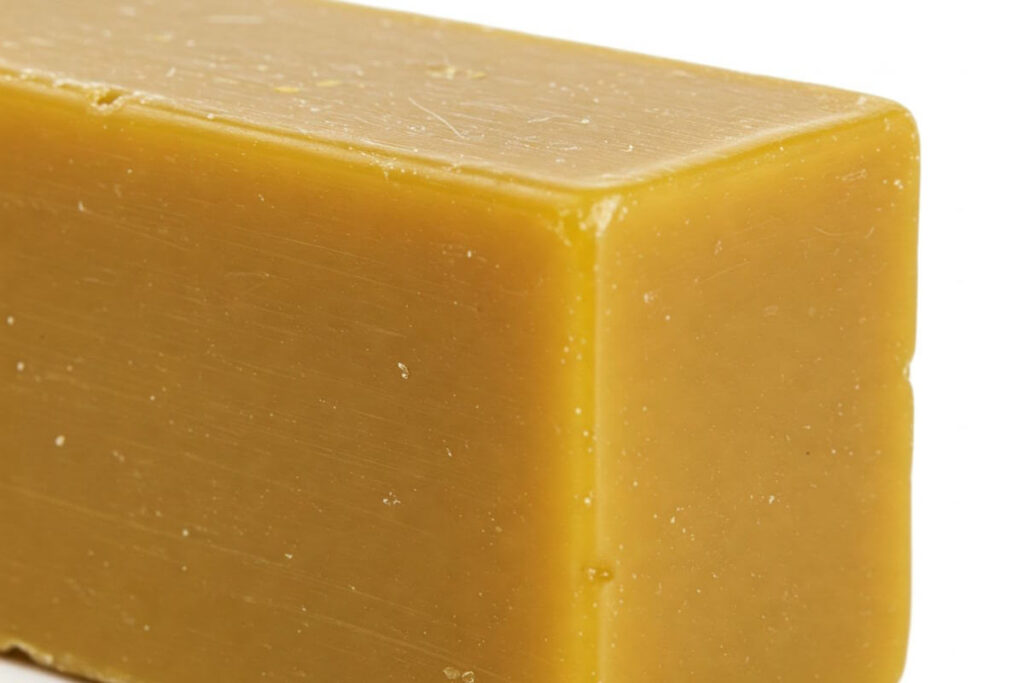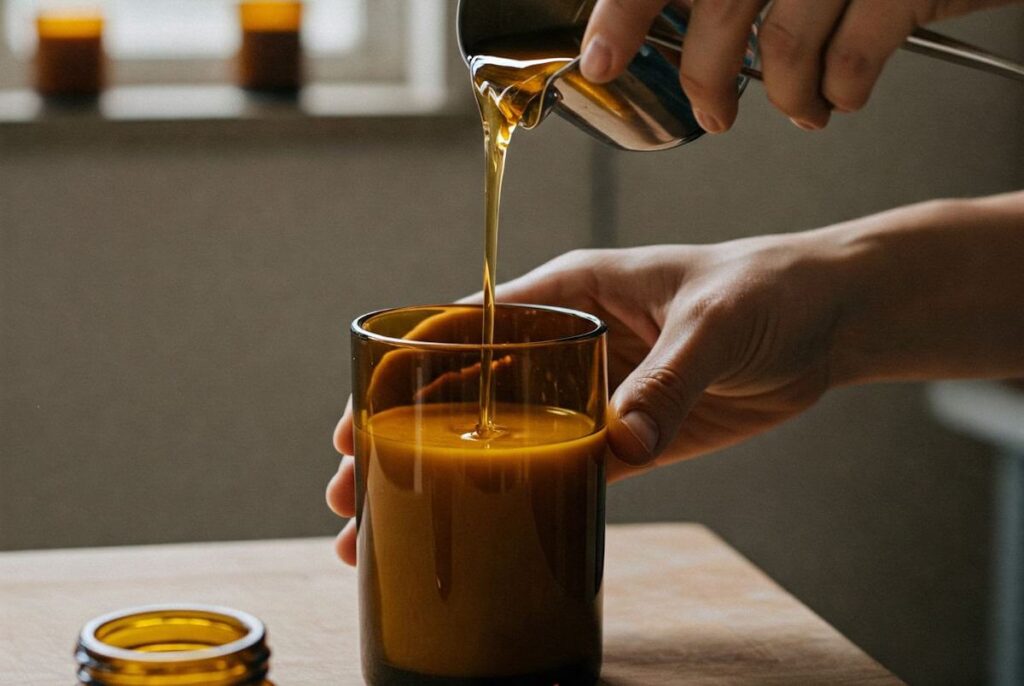Cold process soap making is a time-honored technique that combines oils and lye in a chemical reaction known as saponification to create beautiful, handcrafted bars of soap. This ancient method, which has been utilized for centuries, allows soap makers to personalize the ingredients and design, resulting in unique and often luxurious products. Unlike commercial soap, which may contain synthetic additives, cold process soap is characterized by its natural and nourishing components, appealing to a growing number of consumers seeking healthier alternatives for their personal care routine.
The process begins with the precise measurement of oils—such as olive, coconut, and palm oil—and lye, which is a caustic substance that can be dangerous if mishandled. However, when safely combined at the correct temperatures, lye transforms the oils into soap through the process of saponification. This transformation is not instantaneous; hence the term “cold process,” as the soap does not require external heat sources. Instead, it relies on the natural heat generated by the chemical reaction itself. Once the soap reaches the desired trace, various additives such as essential oils, colorants, and natural exfoliants can be incorporated to enhance both aesthetics and therapeutic properties.
Historically, soap making was a vital household skill, often practiced by women to ensure the family had access to clean, functional products. Over time, this craft evolved with the introduction of industrial soap making, which prioritized mass production and cost efficiency at the expense of quality and natural ingredients. Recently, the resurgence of interest in artisanal and handmade products has propelled cold process soap into the limelight once again, as consumers increasingly seek eco-friendly and sustainable choices. This trend highlights a broader movement towards acknowledging the value of traditional practices in an age dominated by convenience and commercial production.
Understanding the Cold Process Method
The cold process method of soap making is a time-honored technique that operates on the principle of saponification, where oils react with an alkali—typically sodium hydroxide (lye)—to produce soap. This method is distinguished by its lack of external heat, allowing for a more controlled and gradual reaction between the lye and oils. The choice and ratio of oils to lye are crucial; generally, a standard ratio of 1:1 is used, although this can vary depending on the types of oils selected. Unique properties of various oils can alter the final product’s texture, hardness, and lather.
The saponification process initiates once the lye is mixed with water and allowed to cool, transforming into a caustic solution. This process is critical, as inadequate mixing or incorrect lye concentration can lead to soap that is not properly saponified, resulting in a product that is either too harsh or ineffective. Typically, soap makers measure oils and lye with great precision, often employing calculators to determine the correct lye amount based on their oil selection. By adhering to these specific measurements, artisans can ensure both safety and quality in their soap products.
Natural Ingredients and Customization
Cold process soap is lauded for its incorporation of natural ingredients, with artisans often opting for organic oils, essential oils, and natural colorants. This method of soap making not only emphasizes the quality and purity of the ingredients used but also benefits the skin in numerous ways. By utilizing organic oils such as olive, coconut, and shea butter, crafters ensure that their soap nourishes and hydrates effectively, appealing to a wide range of skin types, from oily to dry.
Essential oils are another vital component in cold process soap, providing both fragrance and therapeutic properties. Various essential oils bring distinct benefits, such as lavender for calming effects, tea tree for its antibacterial properties, and citrus oils for their uplifting aroma. This variety allows for a personalized approach to crafting soap, meaning that users can tailor their bars to meet their specific needs and preferences. Such customization enhances the overall experience, making each bar unique to the individual.
Furthermore, the use of natural colorants derived from botanicals, such as spirulina or beetroot powder, offers a vibrant and chemical-free way to add visual appeal to the soap. These colorants enrich the aesthetic value while also adhering to the growing demand for eco-friendly and sustainable products. Such attention to natural ingredients and customization not only enriches the quality of the soap but also promotes a deeper connection between the soap maker and the user, allowing for thoughtful expressions of personal care and wellness.
This emphasis on natural elements creates a product that stands apart from commercial soaps, which often rely on synthetic additives. Instead, cold process soap makers embrace the philosophy of creating with integrity and purpose, ensuring that each ingredient is carefully considered and contributes positively to the end product. This commitment to quality makes cold process soap not just a choice for cleansing but also a holistic approach to personal grooming.
Benefits for Skin Health
Cold process soap is renowned for its superior moisturizing properties, which set it apart from many commercial soaps available on the market today. The unique method of saponification, which involves combining oils with an alkaline solution, generates glycerin as a natural byproduct. This humectant plays a crucial role in attracting moisture to the skin, ensuring that it remains hydrated long after washing. Unlike commercial soaps, which often have glycerin removed to be sold separately, cold process soaps retain this beneficial component, resulting in a formula that is far gentler and kinder to the skin.
Moreover, cold process soap is typically crafted from high-quality, nourishing oils such as olive oil, coconut oil, and shea butter. These oils are rich in essential fatty acids, vitamins, and antioxidants, making them particularly beneficial for maintaining skin health. The inclusion of these natural ingredients not only aids in moisturizing the skin but also enhances its texture and overall appearance. For individuals with sensitive skin or specific skin conditions, such as eczema or psoriasis, cold process soap is often a favorable choice due to its milder formulation and absence of harsh additives found in many commercial products.
In addition, the wide variety of oils and additives that can be incorporated into cold process soap recipes allows for customization based on individual skin needs. For instance, the addition of essential oils can provide therapeutic benefits while enhancing the soap’s fragrance. Furthermore, herbs and botanicals can be added to target specific skin concerns, creating a tailored skincare solution that resonates with users’ preferences and requirements.
In conclusion, the harshness often found in commercial soap products is generally absent in cold process soap. This is primarily due to its natural ingredients and the retention of glycerin, which collectively serve to promote healthier skin. The benefits for skin health make investing time in cold process soap creation or selection a worthwhile endeavor.
Eco-Friendly and Sustainable Practices
The growing awareness of environmental issues has led many individuals to seek alternatives to conventional products, including skincare items. Cold process soap making stands out as an eco-friendly and sustainable practice that both protects the environment and promotes a healthy lifestyle. One of the primary advantages of crafting cold process soap is the opportunity to select natural, organic ingredients. This allows crafters to avoid synthetic additives and harmful chemicals commonly found in commercially produced soaps. By opting for palm oil sourced from responsibly managed plantations, local herbs, and botanicals, soap makers can create a product that is both health-conscious and environmentally friendly.
Additionally, making soap at home significantly reduces packaging waste. Commercial soaps are often encased in plastic or non-recyclable materials, contributing to pollution and landfill overflow. When crafting cold process soap, individuals can utilize sustainable packaging options, such as compostable or recyclable materials. This conscious choice decreases one’s carbon footprint and encourages a zero-waste lifestyle.
Supporting local suppliers is another facet of sustainable soap making. By sourcing ingredients locally, crafters bolster their communities and encourage sustainable farming practices. This practice helps reduce greenhouse gas emissions associated with transportation, thereby contributing positively to the environment. Furthermore, the trend towards sustainable skincare is gaining momentum, as consumers increasingly demand products that prioritize their health and the planet’s well-being. Cold process soap not only satisfies this demand but also empowers individuals to create personalized formulas that cater to their specific skincare needs.
In conclusion, cold process soap making encapsulates the essence of eco-friendly living by promoting sustainability through responsible ingredient selection, waste reduction, and community support. By embracing this artisanal craft, individuals can contribute positively to their environment while enjoying the benefits of personalized skincare.
The Art of Patience: Why Aging Matters
The aging process, also known as curing, is a crucial step in the creation of cold process soap. This phase typically lasts between four to six weeks, allowing the soap to undergo significant changes that enhance its overall quality. During this time, the chemical reactions initiated by combining oils and lye continue to mature. Aging is not merely a waiting game; it is an essential process that contributes to the soap’s hardness, skin safety, and longevity, ultimately elevating the final product.
As the soap cures, the initial saponification process completes, transforming the lye into soap and glycerin. This transformation is a delicate balance that requires patience, as hasty efforts can lead to negative outcomes such as soft or improperly formed bars. By allowing the soap to rest, you enable it to harden significantly, which ultimately results in a more durable bar. A well-aged soap will provide a more luxurious and stable lather, distinguishing it from hastily made alternatives that may lack performance.
Furthermore, the aging process aids in the evaporation of excess water, allowing the soap to reach an ideal moisture level. This reduction in moisture ensures a milder product, making it suitable for various skin types, even those prone to irritation. The patience required in waiting for soap to cure also instills a deeper appreciation for the craft of soap-making. Artisans learn that quality takes time and their attention to detail during this period will yield rewards in the form of superior soap. Investing time and care into the aging process creates a stronger, safer, and more effective product, reinforcing the idea that good things indeed come to those who wait.
Creativity and Artistry in Soap Making
Cold process soap making transcends basic hygiene, emerging as an expressive medium for artisans and hobbyists alike. Engaging in this craft allows individuals to explore their creativity through various design techniques that transform ordinary bars of soap into stunning works of art. One of the most popular methods in cold process soap making is the creation of swirls. This technique involves incorporating different colored soaps, which can gracefully blend together to form intricate patterns. The beauty of this process lies in its unpredictability; no two bars will ever be exactly alike, making each creation unique.
Another fascinating technique is the layering of soap. This involves pouring different soap mixtures into the mold at varying intervals, allowing for distinct layers to form. Each layer can represent a different fragrance or color, contributing to a visually striking final product. This method not only enhances the aesthetic appeal but also allows the soap maker to display their personal style. As layers build, the anticipation grows, and the reveal becomes an exhilarating experience.
Additionally, embeds can elevate the artistry in cold process soap. By creating small soap shapes or decorative pieces and placing them within the main soap batch, artisans can add intricate details that catch the eye. These embeds can be thematic, matching the occasion or season, which provides further opportunities for self-expression.
The process of designing and crafting cold process soap is not just about functionality; it is an enjoyable journey filled with experimentation and joy. The combination of creativity and craftsmanship makes this hobby rewarding, allowing individuals to express their personal aesthetic while producing beautiful, usable products. The passion involved in combining colors, fragrances, and textures signifies a commitment to the artistry inherent in soap making, ultimately demonstrating that the wait for a final product is entirely worth it.
Cost-Effectiveness of Cold Process Soap
The economic advantages of cold process soap making cannot be overlooked, especially in an era where consumers are becoming increasingly conscious of their spending habits. When compared to purchasing commercial soaps, cold process soap proves to be a cost-effective alternative. The initial investment may seem formidable due to the need for specific equipment and quality ingredients; however, the long-term savings are significant. High-quality oils and natural ingredients, while costing more upfront, enhance the overall value of the soap. Furthermore, when produced in larger batches, the per-bar cost of cold process soap substantially decreases, allowing for greater financial efficiency.
Additionally, incorporating cold process soap into personal care routines can diminish reliance on store-bought soaps, which often include fillers and synthetic ingredients that may not be beneficial for skin health. It promotes a sense of self-sufficiency and personal quality control, as crafters can customize their products to avoid unwanted additives. This allows consumers to invest wisely in their skincare without compromising on quality.
Beyond personal use, there exists potential for entrepreneurship through the production of artisan soaps. Selling handmade cold process soap can be a lucrative venture, as the market for natural and handmade products continues to grow. By leveraging the cost-effectiveness of bulk ingredient purchasing and mastering the art of soap making, individuals can create a profitable business model. As awareness grows regarding the benefits of sustainable and organic products, establishing a soap-making business can lead to both financial gains and environmental responsibility.
In conclusion, the cost-effectiveness of cold process soap is a salient benefit that highlights the financial wisdom of investing in quality ingredients. Not only does it provide value for personal use, but it also opens opportunities for entrepreneurial endeavors in a thriving marketplace.
Conclusion: Embracing the Cold Process Journey
In reflecting upon the various benefits of cold process soap making, it becomes evident that this craft is not just about creating a quality personal care product; it is an enriching experience that offers numerous advantages. One of the primary benefits lies in its positive impact on skin health. Cold process soap retains glycerin, a natural humectant that draws moisture to the skin. This characteristic makes it particularly advantageous for individuals with sensitive or dry skin, eliminating the need for synthetic additives often found in commercial soaps.
Moreover, the sustainability aspect of cold process soap cannot be overstated. By creating soap at home, artisans have full control over the ingredients used, allowing them to choose eco-friendly and ethically sourced materials. This mindful approach reduces the carbon footprint typically associated with mass-produced soap products and minimizes packaging waste, thus contributing to environmental conservation.
Creativity flourishes within the cold process soap-making journey. Artisans are free to experiment with colors, scents, and textures that reflect their personal style, resulting in unique, bespoke products. The opportunity to personalize each batch fosters a sense of accomplishment, making the crafting process not only enjoyable but also deeply satisfying. Finally, from a financial perspective, cold process soap making can be cost-effective. By investing in quality bulk ingredients, individuals can create multiple bars of soap at a lower cost than purchasing ready-made soaps.
Embracing the cold process soap-making journey entails not just crafting a functional product, but fostering a sustainable, creative, and rewarding hobby. The multitude of benefits associated with this practice highlights its worth, encouraging aspiring soap makers to embark on this wonderful creative endeavor and experience the joys of producing their own unique offerings.




